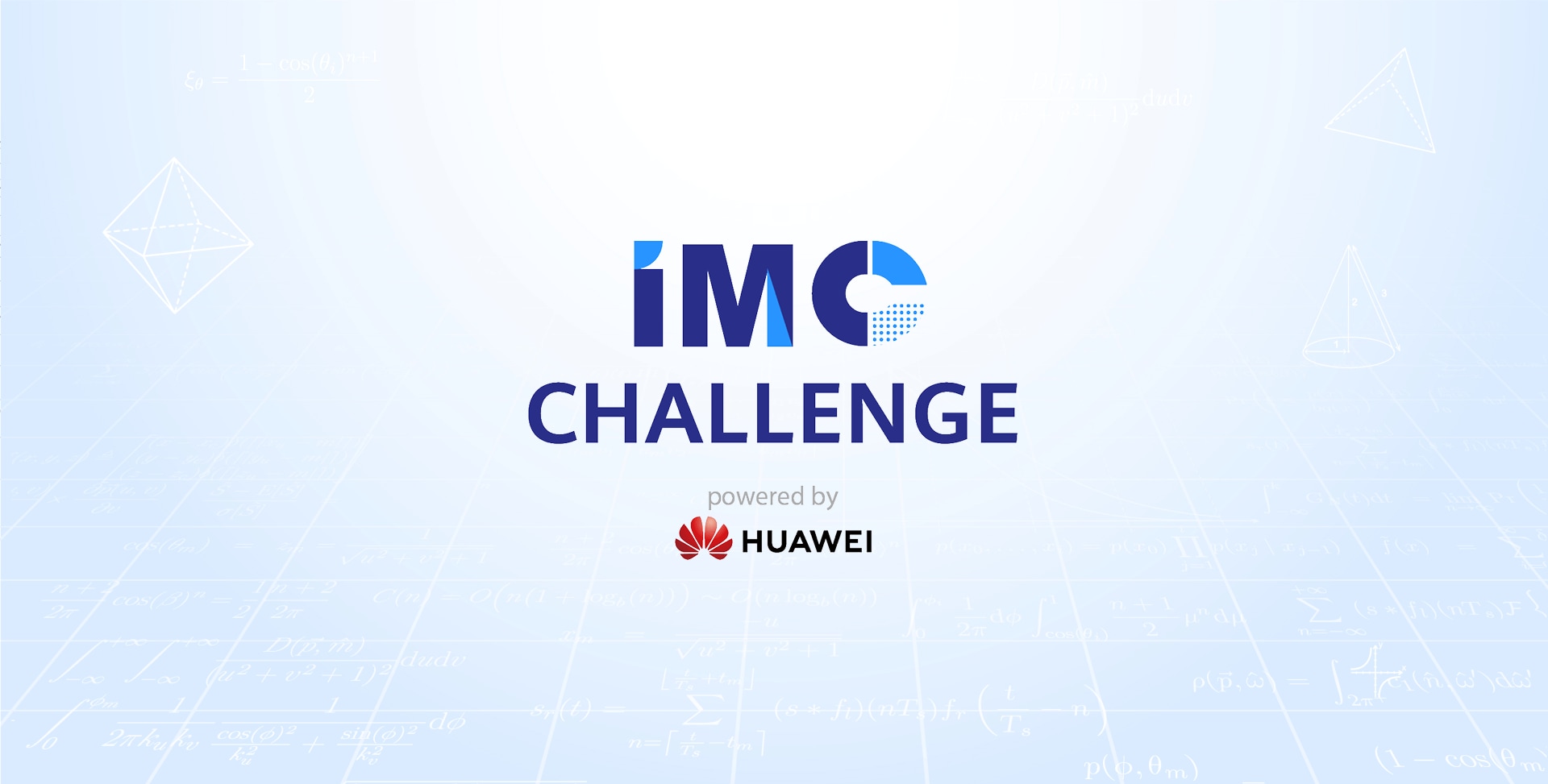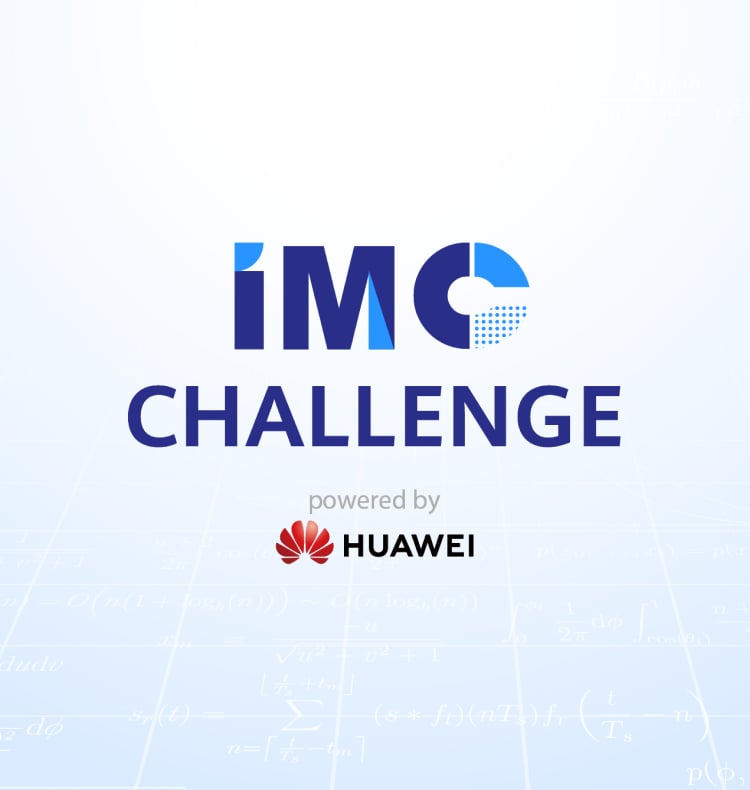
College London
Founding President of the IMC



Fields Medalist 2002
Professor at the Institute of Advanced
Scientific Studies (IHES)
Researcher at the Lagrange Mathematics &
Computing Research Center, Huawei
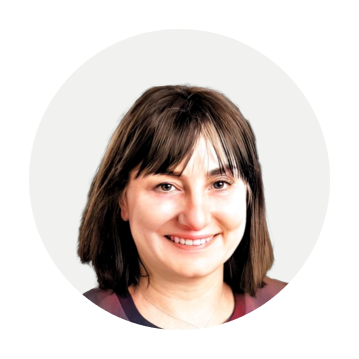
at Teesside University in Middlesbrough, the UK
Director of Teesside University London
Senior Fellow of the British Higher Education Academy
Chartered IT Professional Fellow of the British Computer Society (BCS)
Immediate Past President of the International Neural Network Society (INNS)
Governor-at-Large of the INNS (2023-2025)

Fields Medallist 2018
FIM Director at ETH Zürich
Chaired Professor at ETH Zürich
Researcher at the Lagrange Mathematics & Computing Research
Center, Huawei
(Photo source:© ETH Zürich - Giulia Marthaler)

Chief Expert of Radio Access Network (RAN) Algorithm

Professor of Eötvös Loránd University
Gold Medalist with maximum score of
International Mathematical Olympiad two times
(Helsinki, 1985 and Warsaw,1986)

Samuel Dickstein Prize 2019 from the
Polish Academy of Sciences
Former Deputy Director of the
Institute of Mathematics of Warsaw University



University College London
Founding President of the IMC

Strategic Research, Huawei

Institute, Huawei

Fields Medalist 2002
Professor at the Institute of
Advanced Scientific Studies (IHES)
Researcher at the Lagrange
Mathematics & Computing Research
Center, Huawei

& Digital Technologies at Teesside
University in Middlesbrough,the UK
Director of Teesside University
London, Senior Fellow of the
British Higher Education Academy
and Chartered IT Professional
Fellow of the British Computer
Society (BCS) Immediate Past
President of the International
Neural Network Society (INNS)
Governor-at Large of the INNS
(2023-2025)

Fields Medallist 2018
FIM Director at ETH Zürich
Chaired Professor at ETH Zürich
Researcher at the Lagrange
Mathematics & Computing
Research Center, Huawei
(Photo source:© ETH Zürich - Giulia
Marthaler)

Chief Expert of Radio Access
Network (RAN) Algorithm

Professor of Eötvös Loránd
University
Gold Medalist with maximum score
of International Mathematical
Olympiad two times (Helsinki,
1985 and Warsaw,1986)

Samuel Dickstein Prize 2019
from the
Polish Academy of Sciences
Former Deputy Director of the
Institute of Mathematics of
Warsaw University


This Challenge covers 2 problems. Each problem will be released on a different date and have its own reward plan. Contestants can choose to work on one or both of the problems.
Problem A
High Speed SignalSimulation and Equalization
Problem B
Coming SoonProblem A
High Speed SignalSimulation and Equalization
Problem A introduction:
As a key link in chip-to-chip communication, high-speed interfaces play an important role in computing, network, wireless, and terminal fields. Due to the non-ideal characteristics of analog or optoelectronic devices and channels in communication links, the received signals are accompanied by specific impairments. As the transmission speed continues to evolve, end-to-end links also contain strong non-linearity and noise. More and more complex damage makes system analysis and algorithm design more complex. In view of the above background, we hope that the contestants can decompose the signal damage, accurately model and analyze it. Under the specific input data, the modeling estimation and fitting of the signal waveform are carried out, and the original data are recovered from the analog waveform by algorithm. In order to meet the requirements of low power consumption, low latency and low bit error rate in the actual communication system, the problem must be completed within the limited complexity and accuracy.
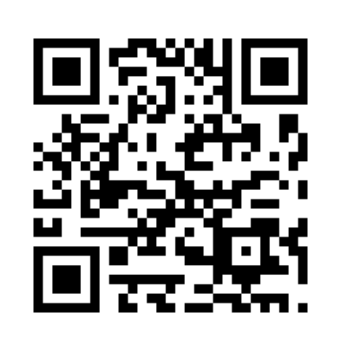
Please invite team members and coaches on the Teams page by creating exclusive invitation links.
Problem B
Coming SoonProblem B introduction:
In the field of information technology, the issue of generating and jointly processing multi-dimensional data is becoming increasingly common with the enhancement of hardware deployment capabilities. There exists one category of classic issues in this area, known as subspace analysis. It includes analysis on the characteristics of data space to obtain essential information on low dimensions and also includes subsequent processing (such as enhancement or suppression) of this information. This topic focuses on an important issue in subspace analysis: accurate separation and estimation of target linear subspaces in a full-dimensional matrix space. At the core of this interactive topic is to explore the design of solutions for separating and estimating target linear subspaces. As the target linear subspace may be obscured by interfering linear subspaces (that is, other components in the space), participants need to accurately separate and estimate the target subspace with a black box system (linear-nonlinear-linear system). The difference between target and interfering linear subspaces is their respective spatial characteristics. The input design of the black box system can help accelerate the subspace separation and estimation. Note that this topic requires participants to design solutions within a limited complexity (program running time).
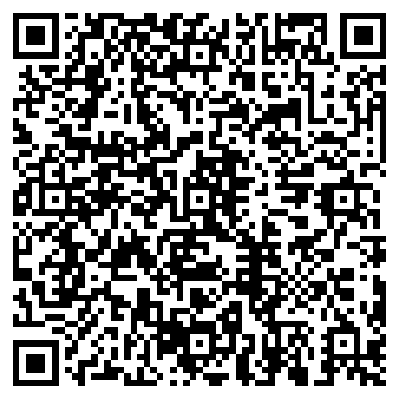
(Each team member scans the team's QR code shared by the team leader to register after creating the team successfully)

Participants
Mathematics and algorithm enthusiasts from around the world
Contest type
Team competition + Coaching
Team formation: Each team may have at most four people, including a team leader.
Team leader: The team leader creates the team. As the team's contact person for the organizers, the team leader shall receive any prize money on behalf of their team.
Coach: This Challenge provides a coach reward plan, which encourages participating teams to invite domain-specific teachers to act as coaches and help the contestants improve their problem-solving skills during the contest. A coach cannot be a contestant on the team. Failure to provide coach information during registration is deemed as a decision not to participate in the coach reward plan.
Step 1: The team leader scans the registration QR code or visits the contest platform at https://imc25.kattis.com/, then clicks “Log in to the contest” to register or log in with an existing Kattis account.
Step 2: After logging in, the team leader returns to the contest page and clicks “Join the contest” → “Create a new team” to set up a team.
Step 3: On the“Teams” page, the team leader clicks “Invite” → “Generate invite link” to create exclusive invitation links and sends it separately to team members and the coach.
Notes:
Please read carefully the “Conditions and Rules of Participation” and the “Pravicy Policy before registration.
Winner Selection, and Prizes
During this Challenge, there will be two rounds of winner selection and prizes for each problem. In Round 1, winners are selected based on their code. In Round 2, winners are selected based on their code and articles. This section provides information about submission requirements, winner selection rules, and the prizes for Round 1 and Round 2. For more information about the timeline of each problem, see the "About the Problems" section.
Notes:
(1) Given that writing an article takes time, the last day of article submission is 10 days later than the last day of code submission. Please keep the deadline for article submission in mind and make necessary preparations.
(2) If submissions are found to be too similar during the review, the relevant teams may be disqualified.
(3) Applicable time zone for all problems: UTC+08:00.
(1) Contestants log in to Kattis to submit code for the problem before the deadline.
(2) The review team for the problem performs a review based on the rank lists on Kattis, and announces the list of winners in Round 1 on this website. See the “About the Problems” section – Problem timeline – Round 1 results released.
(3) Prizes for Round 1 (All amounts post-tax):
Top 1–3 teams:
EUR6,000 per team
Top 4–9 teams:
EUR3,000 per team
Top 10–18 teams:
EUR1,000 per team
(selected based on code and articles) and their coaches
(1) After Round 1 results are announced, each of the top 40 teams must
write
an article
using
the template and submit it
in PDF format to challenge4IMC@huawei.com before the
deadline.
Teams that fail to submit an
article before the deadline
will be disqualified from consideration during Round 2. Click here to download
the template![]() .
.
(2) The review teams of problems read and score the articles based on their abstract, assumptions and symbols, analysis of the problem, model building, model solving, model summarizing, test results description, references and appendices, and structure and typesetting.
(3) In Round 2, the total score is 100 points, with 60 allocated to the code submitted in Round 1, and 40 allocated to the article submitted in Round 2.
(4) Prizes for Round 2 (All amounts post-tax):
Top 1 team:
EUR3,000 for the team,
EUR1,500 for the coach
Top 2–4 teams:
EUR2,000 per team,
EUR1,000 per coach
Top 5–10 teams:
EUR1,000 per team,
EUR800 per coach
(5) Coach reward plan for the coaches of outstanding teams in Round 2:
Within two weeks after Round 2 results are announced, coaches of
the top 10 teams
should submit a summary of their
coaching experience using
the template![]() to challenge4IMC@huawei.com.
Failure to provide
a summary of coaching
experience on time is deemed as a decision not to participate in the coach reward
plan.
to challenge4IMC@huawei.com.
Failure to provide
a summary of coaching
experience on time is deemed as a decision not to participate in the coach reward
plan.
(6) The Round 2 results will be released on this website. See the “About the Problems” section – Problem timeline – Round 2 results released.
In addition to the above prizes, the top 100 teams will also be given opportunities to meet Fields medalists and problem authors face to face, and visit Huawei's campuses around the world.


